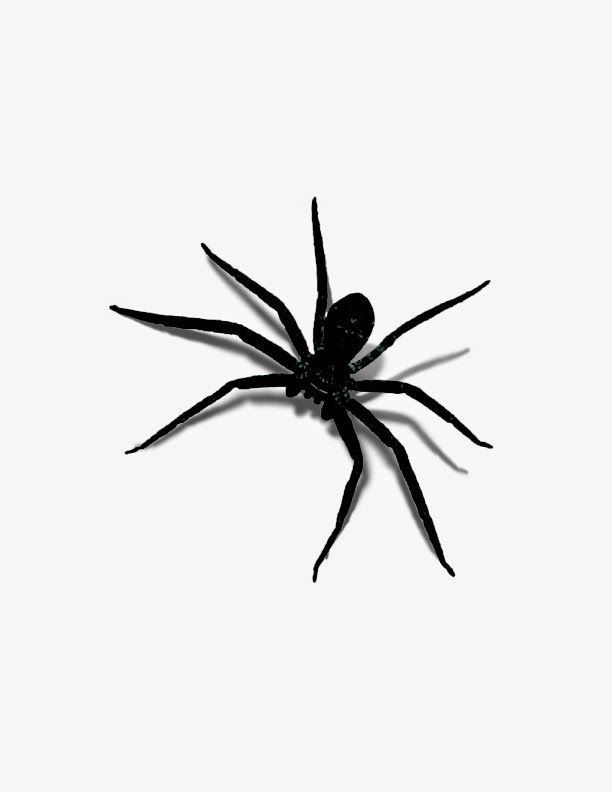There are several different kinds of spiders that Pennsylvanians frequently come into contact with, with the black house spider being one of the most common. These spiders, scientifically named Badumna insignis, are distinguished by unique traits and habits. To live in harmony with these frequently misunderstood animals, homeowners must have an in-depth knowledge of these spiders. Let’s explore the habits, distinguishing characteristics, and practical management strategies of black house spiders.
Identification:
Pennsylvania’s black house spiders are distinguished by their glossy black bodies and bulbous abdomens. Their undersides may have a reddish-orange mark, and their legs are usually dark brown or black in hue. Males are typically smaller than females, with adult females reaching body lengths of up to half an inch. Juveniles often have a paler complexion and a less shiny look than adults. These spiders are typically found in or near human homes, especially in isolated, dark spaces like attics, garages, and basements.
Habitat and Behavior:
Black house spiders are typically found living in man-made structures, as their name suggests. They create erratic, knotted webs in congested spaces, behind furniture, and in corners. Insects such as flies, mosquitoes, and beetles make up the majority of the unsuspecting prey that these webs trap and shelter. Black house spiders are normally timid and non-aggressive toward humans, despite their frightening look. They are not thought to have venom that is medically significant to humans; at worst, it will cause moderate irritation. They will only bite if provoked or threatened.
Reproduction:
Male black house spiders perform complex courtship rituals in an effort to attract females. Black house spiders reproduce sexually. Females lay their eggs in silken sacs that are kept safe in remote areas after mating. Numerous eggs can be found in each sac, and after a few weeks, the eggs hatch into spiderlings. Before being fully grown, these spiderlings go through multiple molts, during which time they scatter to create their own homes.
Management and Control:
Although black house spiders help manage bug populations, some people find it uncomfortable to have them in their homes. Homeowners can use a few preventative steps to control infestations and discourage these spiders from accessing living areas:
- Regularly clean and declutter indoor spaces to eliminate potential hiding spots.
- Seal cracks and crevices in walls, windows, and doors to prevent spider entry.
- Install screens on windows and doors to prevent spiders from entering the home.
- Use vacuum cleaners to remove webs and spiders from indoor areas.
- Reduce outdoor lighting, as it attracts insects which, in turn, may attract spiders.
For severe infestations or if there is concern about potential spider bites, it is advisable to seek assistance from pest control professionals who can safely and effectively manage the situation.
Conclusion:
In Pennsylvania, black house spiders are a common sight in homes and serve an important role in managing insect populations while living with humans. Homeowners who comprehend their actions, recognize important traits, and put good management techniques into practice can preserve a peaceful living environment. By accepting their coexistence and implementing the appropriate safety measures, residential areas can maintain a healthy environment.
